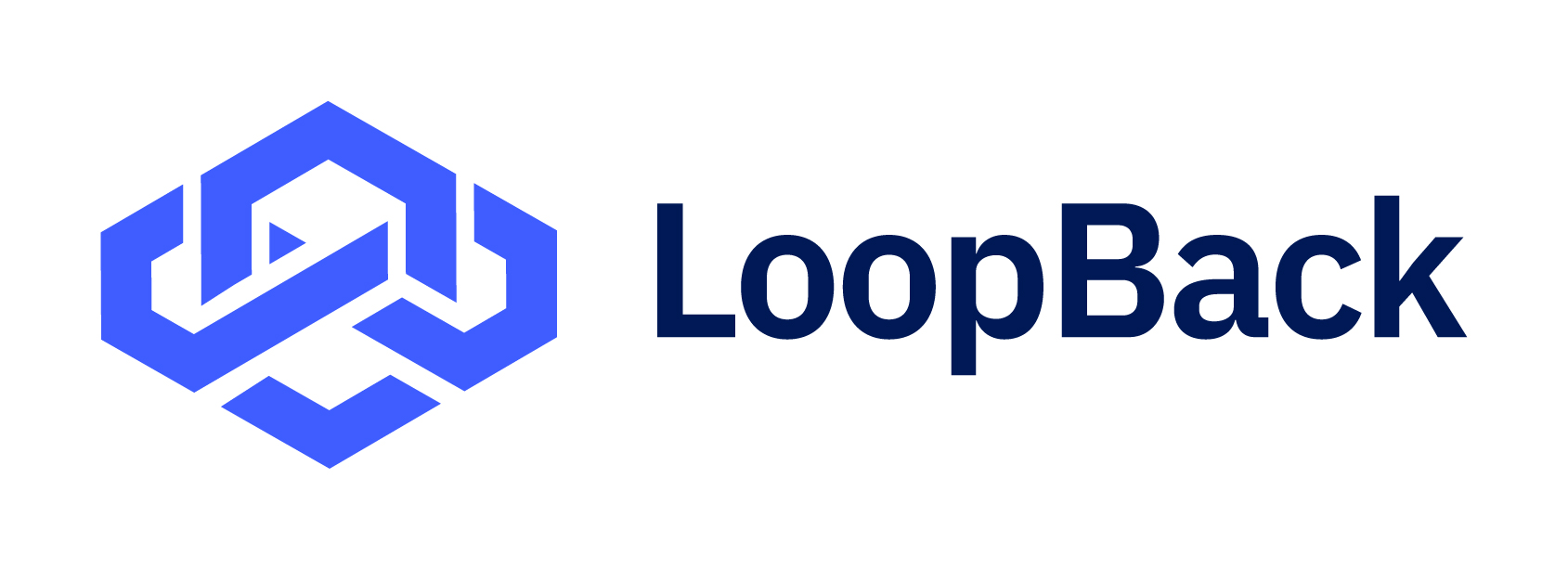loopback-connector-soap
The SOAP connector enables LoopBack applications to interact with SOAP-based web services described using WSDL.
For more information, see the LoopBack documentation.
Installation
In your application root directory, enter:
$ npm install loopback-connector-soap --save
This will install the module from npm and add it as a dependency to the application’s package.json file.
Overview
There are two ways to use the SOAP connector:
- Use the LoopBack CLI
lb soapcommand to automatically create a set of models based on a SOAP service WSDL file. Often, this will be the easiest way to connect to a SOAP web service, but may not be suitable for all applications. For more information, see SOAP generator. - Write the code manually, calling the
loopback-connector-soapand data source APIs directly. This is the approach illustrated here.
While both approaches use the loopback-connector-soap data source connector, they appear quite different.
SOAP data source properties
The following table describes the SOAP data source properties you can set in datasources.json.
| Property | Type | Description |
|---|---|---|
| url | String | URL to the SOAP web service endpoint. If not present, defaults to the
location attribute of the SOAP address for the service/port
from the WSDL document; for example below it is http://www.webservicex.net/periodictable.asmx:
<wsdl:service name="periodictable"> <wsdl:port name="periodictableSoap" binding="tns:periodictableSoap"> <soap:address location="http://www.webservicex.net/periodictable.asmx"/> </wsdl:port> </wsdl:service> |
| wsdl | String | HTTP URL or local file system path to the WSDL file. Default is ?wsdl.
In the example above, it would be http://www.webservicex.net/periodictable.asmx?wsdl.
|
| wsdl_options | Object | Indicates additonal options to pass to the SOAP connector, for example allowing self signed certificates.
For example:
|
| wsdl_headers | Object | Indicates additonal headers to pass to the SOAP connector, for example for sending http authorizations header.
For example:
|
| remotingEnabled | Boolean | Indicates whether the operations are exposed as REST APIs. To expose or hide a specific method, override with:
|
| operations | Object | Maps WSDL binding operations to Node.js methods. Each key in the JSON object becomes the name of a method on the model. See operations property below. |
| security | Object | security configuration. See security property below. |
| soapHeaders | Array of objects. | Custom SOAP headers. An array of header properties.
For example:
|
| httpHeaders | Object | Custom HTTP headers. An object of header properties.
For example:
|
operations property
The operations property value is a JSON object that has a property (key) for each
method being defined for the model. The corresponding value is an object with the
following properties:
| Property | Type | Description |
|---|---|---|
| service | String | WSDL service name |
| port | String | WSDL port name |
| operation | String | WSDL operation name |
Here is an example operations property for the periodic table service:
operations: {
// The key is the method name
periodicTable: {
service: 'periodictable', // The WSDL service name
port: 'periodictableSoap', // The WSDL port name
operation: 'GetAtomicNumber' // The WSDL operation name
}
}
IMPORTANT: When using the CLI data source generator, you must supply the “stringified JSON” value for this property. For example:
{"getAtomicWeight":{"service":"periodictable","port":"periodictableSoap","operation":"GetAtomicWeight"},"getAtomicNumber":{"service":"periodictable","port":"periodictableSoap","operation":"GetAtomicNumber"}}
To generate the stringified value, you can use the following code (for example):
var operations = {
"operations": {
"getAtomicWeight": {
"service": "periodictable",
"port": "periodictableSoap",
"operation": "GetAtomicWeight"
},
"getAtomicNumber": {
"service": "periodictable",
"port": "periodictableSoap",
"operation": "GetAtomicNumber"
}
}
};
var stringifiedOps = JSON.stringify (operations);
console.log(stringifiedOps);
security property
The security property value is a JSON object with a scheme property.
The other properties of the object depend on the value of scheme. For example:
security: {
scheme: 'WS',
username: 'test',
password: 'testpass',
passwordType: 'PasswordDigest'
}
| Scheme | Description | Other properties |
|---|---|---|
| WS | WSSecurity scheme |
|
| BasicAuth1 | Basic auth scheme |
|
| ClientSSL | ClientSSL scheme |
|
1 currently unsupported, use "wsdl_headers": { "Authorization": "Basic …" }, instead, details: issue #92.
Creating a model from a SOAP data source
Instead of defining a data source with datasources.json, you can define a data source in code; for example:
ds.once('connected', function () {
// Create the model
var PeriodictableService = ds.createModel('PeriodictableService', {});
// External PeriodTable WebService operation exposed as REST APIs through LoopBack
PeriodictableService.atomicnumber = function (elementName, cb) {
PeriodictableService.GetAtomicNumber({ElementName: elementName || 'Copper'}, function (err, response) {
var result = response;
cb(err, result);
});
};
...
}
Extending a model to wrap and mediate SOAP operations
You can extend a LoopBack model to wrap or mediate SOAP operations
and define new methods.
The following example simplifies the GetAtomicNumber operation:
periodictableperiodictableSoap.GetAtomicNumber = function(GetAtomicNumber, callback) {
periodictableperiodictableSoap.GetAtomicNumber(GetAtomicNumber, function (err, response) {
var result = response;
callback(err, result);
});
}
Creating a model from a SOAP data source
The SOAP connector loads WSDL documents asynchronously. As a result, the data source won’t be ready to create models until it’s connected. The recommended way is to use an event handler for the ‘connected’ event; for example as shown below.
Once you define the model, you can extend it to wrap or mediate SOAP operations
and define new methods. The example below shows adding a LoopBack remote method
for the SOAP service’s GetAtomicNumber operation.
...
ds.once('connected', function () {
// Create the model
var PeriodictableService = ds.createModel('PeriodictableService', {});
// External PeriodTable WebService operation exposed as REST APIs through LoopBack
PeriodictableService.atomicnumber = function (elementName, cb) {
PeriodictableService.GetAtomicNumber({ElementName: elementName || 'Copper'}, function (err, response) {
var result = response;
cb(err, result);
});
};
// Map to REST/HTTP
loopback.remoteMethod(
PeriodictableService.atomicnumber, {
accepts: [
{arg: 'elementName', type: 'string', required: true,
http: {source: 'query'}}
],
returns: {arg: 'result', type: 'object', root: true},
http: {verb: 'get', path: '/GetAtomicNumber'}
}
);
})
...
Example
For a complete example using the LoopBack SOAP connector in LoopBack 4, see SOAP calculator tutorial.



